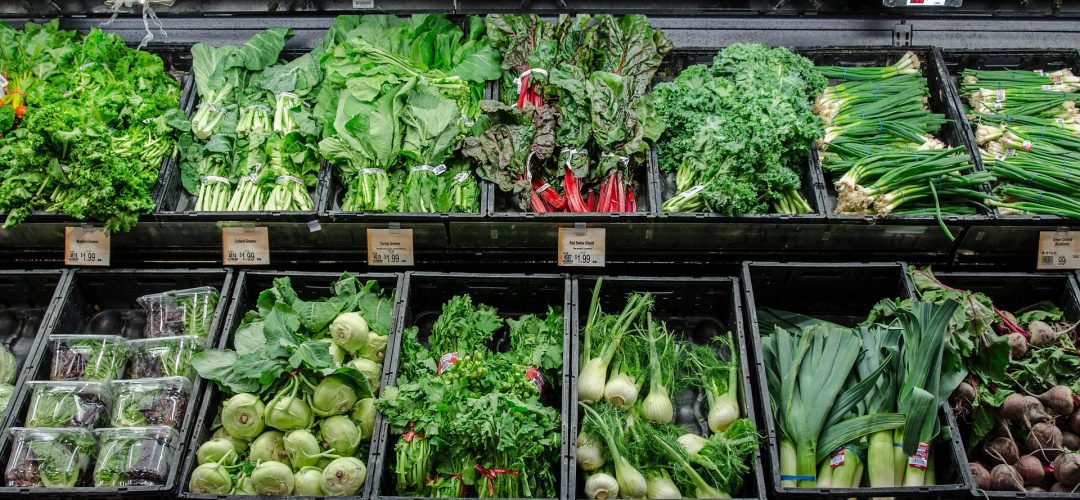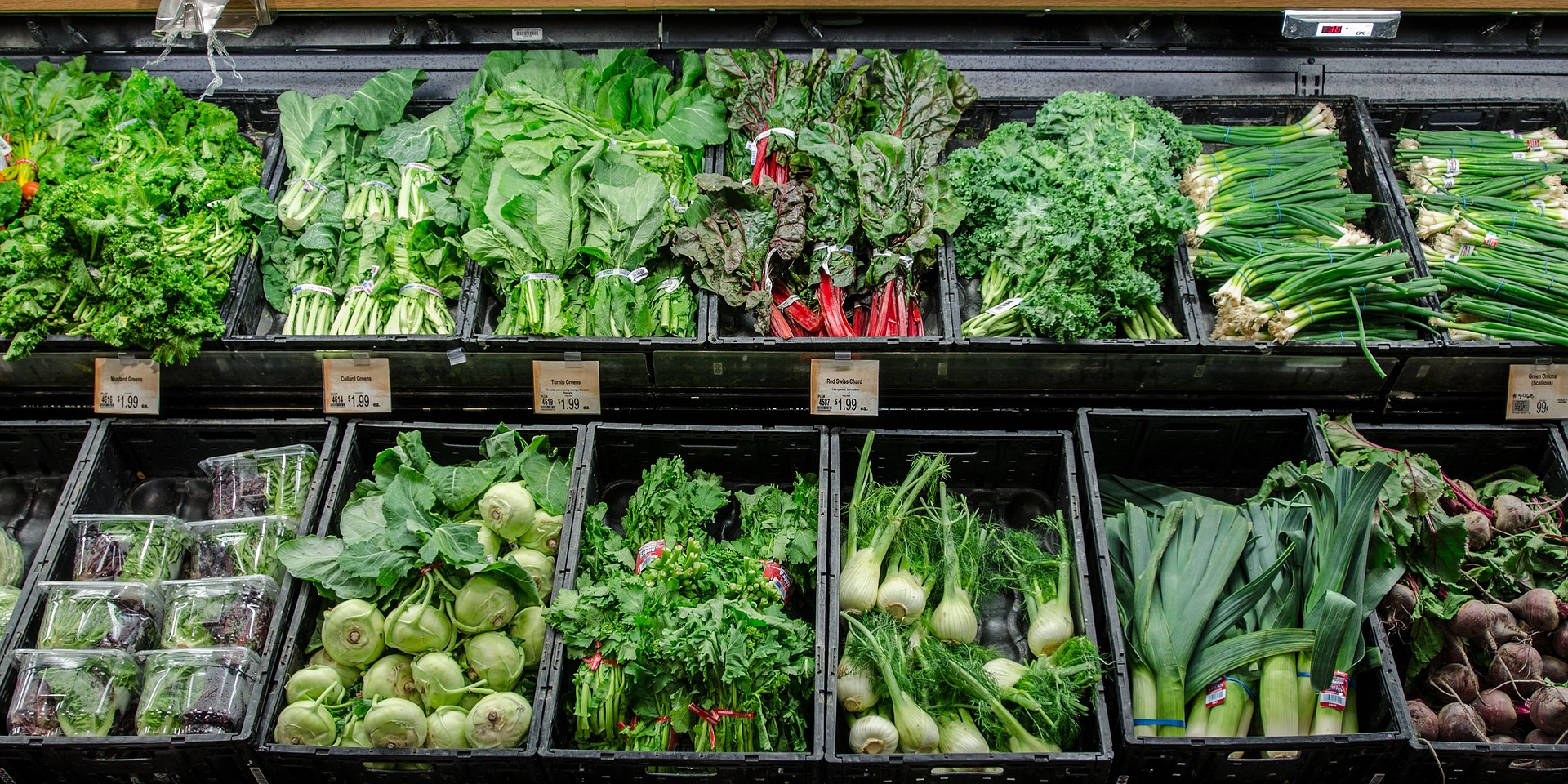In a newly published book on ‘Applications of Genome Modulation and Editing‘ (book series: Methods in Molecular Biology (MIMB, volume 2495), Drs Steffi Friedrichs (AcumenIST SRL), Karinne Ludlow (Monash University) and Peter Kearns (SwiftEST SARL) analyse and discuss 25 countries and regions that have published results or ongoing investigations and discussions pertaining to the governance of genome editing in their jurisdictions. The authors find that 16 countries have published policies or signed statements that exempt gene-edited plants from GMO-regulations, as long as no foreign DNA or transgene remained in the final product.
Aiming to untangle the historically influenced and often biased arguments of the debates by addressing the complex question of the correct interpretation of relevant underlying law and its applicability, the book chapter provides a background to the development of genome editing techniques against the backdrop of other ‘new (plant) breeding techniques’ (N(P)BTs) and ‘genome modification’ (GM). The authors explain, why the advent of genome editing has also brought with it a regulatory conundrum: whether all plants resulting from genome editing are classified and thus regulated as genetically modified organisms (GMOs) and whether they should be.

The chapter provides clarification to both the history and meanings of regulatorily relevant definitions, such as the term ‘living modified organisms’ (LMOs) of the Cartagena Protocol on Biosafety (CPB) [1], and technical details of and distinctions between the four main known genome editors (i.e. meganucleases, zinc-finger nucleases, TALENs, and CRISPR/Cas), as well as the distinction of three main types of genome editing: SDN1, SDN2, SDN3 (SDN = site-directed nuclease).
Policy Considerations regarding Genome Editing in 25 Countries
As part of their analysis of the genome editing policies of 25 countries, the authors highlight some countries’ decision-making processes (such as that of Argentina (Whelan & Lema, 2015)), joint statements (such as that of Argentina, Chile, Brazil, Paraguay and Uruguay [2]), and proposed risk assessment processes (such as that of India (at the time of writing, 2021)[3]).
Considerations of adequate Regulation and Governance of Genome Editing
Faced with the challenge of concluding the chapter with recommendations about the most appropriate policy pertaining to genome editing, Dr Friedrichs, Ludlow and Kearns use the universal principles of all good regulation (i.e. (i) proportionality, (ii) non-discrimination, (iii) predictability, and (iv) enforceability) as benchmarks to highlight those regulatory actions that are particularly conducive to supporting the principles. In this context, the authors discuss the case of Argentina, where the exemption of SDN1- and SDN2-edited plants from GMO regulations in 2015 triggered a significant increase in applications for GMO-deregulation applications by both small- and medium-sized enterprises (SMEs), local companies and public research laboratories. [4]
[1] Website: Cartagena Protocol on Biosafety (accessed: 10th March 2021)
[2] Genetic Editing Techniques, Southern Agricultural Council (CAS) XXXV Regular Meeting, 20th September 2018. (accessed: 1st March 2021)
[3] Government of India (January 2020): Draft Document on Genome Edited Organisms: Regulatory Framework and Guidelines for Risk Assessment(accessed: 7th March 2021)
[4] Whelan, A., Gutti, P., & Lema, M. (4 de 2020). Gene Editing Regulation and Innovation Economics. Frontiers in Bioengineering and Biotechnology, 8.
[5] Website: Biology Fortified (accessed: 29th April 2021)
[6] Ahmad, S., Wei, X., Sheng, Z., Hu, P., & Tang, S. (7 de 2018). CRISPR/Cas9 for development of disease resistance in plants: Recent progress, limitations and future prospects. Briefings in Functional Genomics, 19(1), 26-39.






